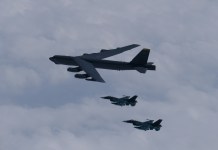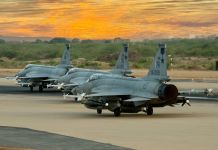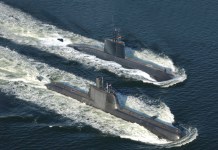The US military, which sent F-35 fighter jets to India for the first time in February this year, has announced sending two of its B1 strategic bombers and a fleet of F-15E fighter jets to participate in a joint bilateral air exercise.
This exercise takes place as China continues to flex its military muscles in the Indo-Pacific region. The ongoing mega air exercise between India and the United States marks the first time B1 heavy bomber jets from the US Air Force will participate with IAF.
The bilateral drills commenced on April 10 and will continue until April 21. The ‘Exercise Cope India 2023’ in Kalaikunda involves two B1 heavy bomber jets, a fleet of F-15E fighter jets, and C-130 and C-17 transport aircraft from the United States.
Gen Kenneth S Wilsbach, the US Pacific Air Forces commander, told the reporters that the B1 bombers and F-15E fighters would join the exercise later this week.
While the B1 bombers have previously been to India for the Aero India 2023 event in Bengaluru, where the USAF F-35s also debuted, the ongoing military exercise will mark the first time the B1 bombers will participate in such an activity in the country.
The deployment of these highly advanced military platforms is a concrete manifestation of the robust defense cooperation between the US and India.
This is especially significant given the increasing aggression of China in the region and the US’s aspirations to replace Russia as India’s primary defense supplier.
The senior US military commander also discussed the regional security scenario and stated that the US and other like-minded countries, including India, aim to safeguard a free and open Indo-Pacific.
When asked about the Chinese military, Wilsbach acknowledged that the PLA Air Force and Navy had made considerable advancements and modernizations to their forces over the past 15 to 20 years.
Wilsbach noted that the Chinese forces had identified their perceived challenges and threats and were devising policies accordingly. The US and Indian air forces are closely monitoring this development as they remain vigilant about the regional security scenario.
Wilsbach refrained from responding directly when asked about China’s increased deployment of air assets along the Line of Actual Control in eastern Ladakh. Instead, he emphasized the importance of adhering to the rule of law and respecting sovereignty, which he considered the key issues at stake.
Why Is The USA Sending Its Top Warplanes To India?
At first look, it might seem that the US is sending a message to China by showcasing its military prowess and readiness to support its regional partners.
After all, China has been acting more assertively in the Indo-Pacific, and its territorial disputes and military provocations have alarmed the US and other neighboring nations.
However, Dr. Manoj Kumar Panigrahi, Director of the Center for Northeast Asia at Jindal School of International Affairs, OP Jindal Global University, told the EurAsian Times, “There is a general understanding by both India and USA that joint operability is a ‘necessity of the time.”
“USA and India have been conducting Yudh Abhyas for more than a decade now. Therefore, such exercises shouldn’t be viewed as a message to any third country. Undoubtedly, they also have China in mind while conducting some aspects of the exercises.”
Meanwhile, some experts believe that the United States is attempting to court India by promoting its military equipment as a substitute for Russian defense products and thereby become New Delhi’s foremost defense ally.
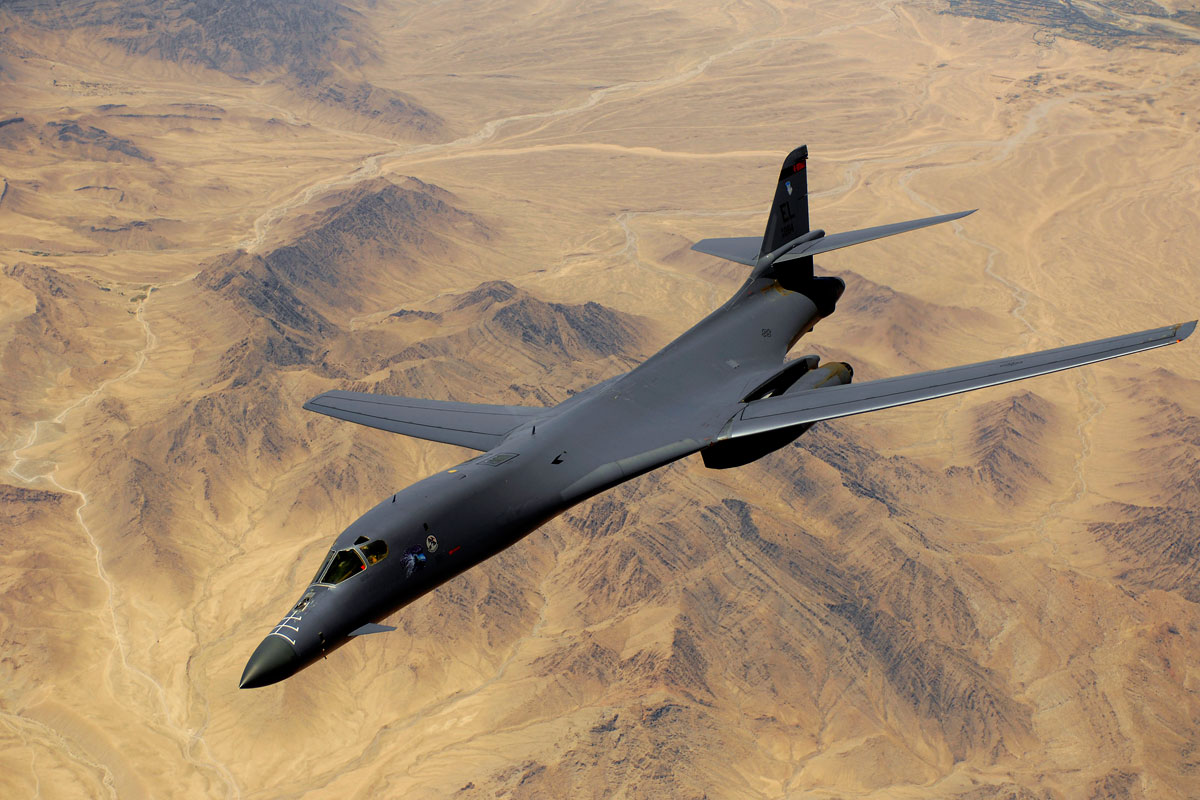
India has traditionally been a major buyer of Russian military equipment, including fighter jets, tanks, and submarines. But, in recent years, New Delhi has been diversifying its defense imports, focusing on sourcing equipment from the US.
Boeing’s F-15EX is presently one of the candidates being considered for the Indian Air Force’s proposal to procure 114 modern fighter jets.
In February, when the United States Air Force dispatched its F-35s to India for the airshow, it sparked speculation regarding the possibility of India acquiring this stealth fighter jet.
The F-35 fighter jets are among the most advanced in the world, with stealth capabilities that make them difficult to detect by enemy radar. The B-1B Stealth bombers are similarly advanced, able to penetrate enemy air defenses and deliver precision strikes. The F-15EX fighter planes, meanwhile, are a newly developed variant of the long-serving F-15 Eagle, designed to provide enhanced air-to-air and air-to-ground capabilities.
Therefore, the recent choices made by the US military to dispatch a few of its top-of-the-line warplanes to India could be viewed as an attempt to exhibit the potential of these sophisticated military systems to the Indian military and convince them to procure American equipment over Russian.
Panigrahi agreed that the United States had made multiple attempts to replace Russia in India’s defense market.
“But India, on the other hand, has tried to play the balancing role. If you see, the big tickets, such as transport planes and artillery, have shifted from Russian to the US and Indian military hardware. But assets like S-400, fighter planes, submarines, etc. still are heavily dependent on Russia,” he noted.
Panigrahi said it would take at least a decade or more for a complete change (if any) to occur. “And I think it is not only the US and other countries but also the rise of “indigenization” of India’s military needs which is also pulling India slowly but gradually away from the foreign markets,” he added.
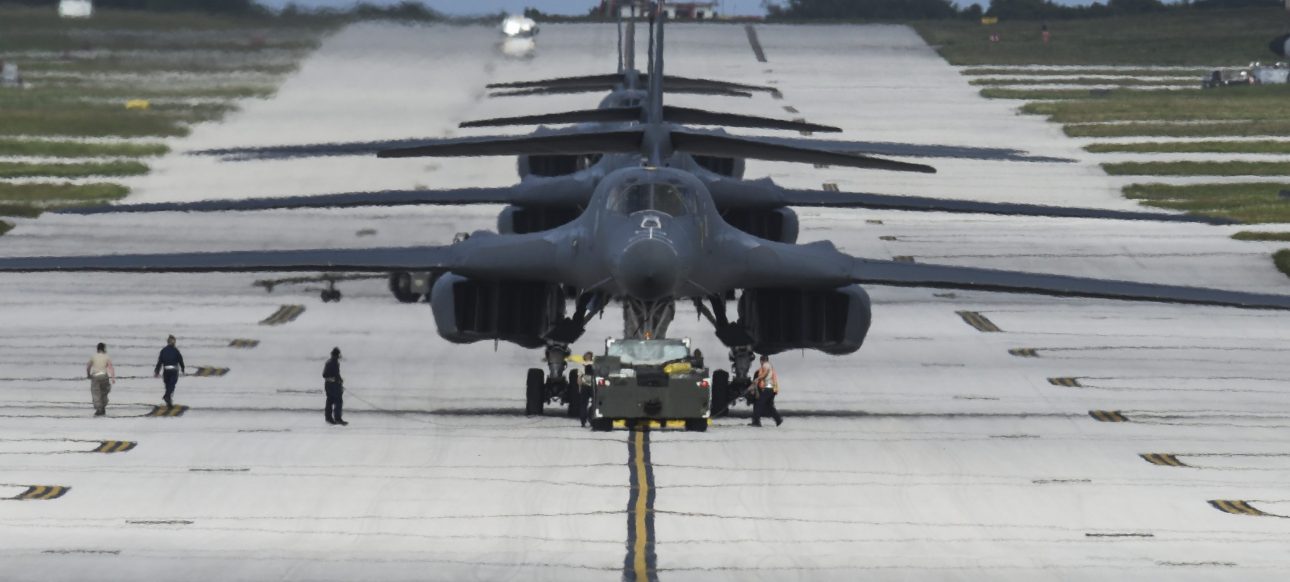
India Can Easily Get US Bomber
The Indian Air Force, which has reportedly flirted with the thought of buying strategic bombers in the past, also values the need to acquire a cruise missile carrier urgently. Relying on a few Su-30MKIs, which can carry just a single Brahmos-A each, is not enough, military analyst Vijainder K Thakur wrote for EurAsian Times.
The USAF Global Strike Command has retired 17 B-1 bombers from its fleet of 62. The remaining 45 will serve until the new B-21 stealth bomber arrives.
Some of the retired B-1Bs had severe structural fatigue, especially at the wing-pivot points, because the warplanes were flying high and slow instead of low and fast with wings swept, as they were designed to do. However, repairs would rectify the issues, Thakur writes.
A USAF official says, “It would have taken between $10M and $30M per aircraft to get back to a status quo fleet in the short term until the B-21 comes online.”
Simply put, the IAF could lease or acquire a squadron of B-1B bombers and cruise missiles to go with them for around $1 billion! Purely to boost its strike power to a level where it can deter Chinese aggressiveness, a B-1B bomber squadron would be the most cost-effective, powerful option available to India.
India and the US have all the agreements in place for the sale/lease of the bombers:
- In June 2016, the US designated India a “Major Defense Partner,” allowing for transferring a B-1 B-like system.
- The 2016 Logistics Exchange Memorandum of Agreement (LEMOA) allows our militaries to use each other’s bases to repair and replenish supplies.
- The 2018 Communications Compatibility and Security Agreement (COMCASA) agreement facilitates the sale of high-end technology from the US to India.
- The October 2020 Basic Exchange and Cooperation Agreement (BECA) agreement facilitates sharing of Geospatial Intelligence.
- Contact the author at ashishmichel(at)gmail.com
- Follow EurAsian Times on Google News

